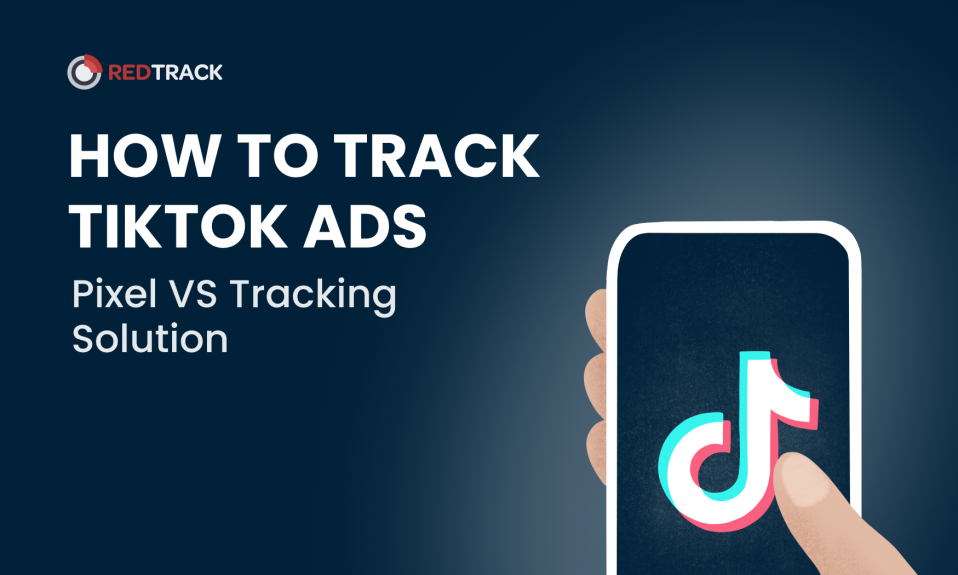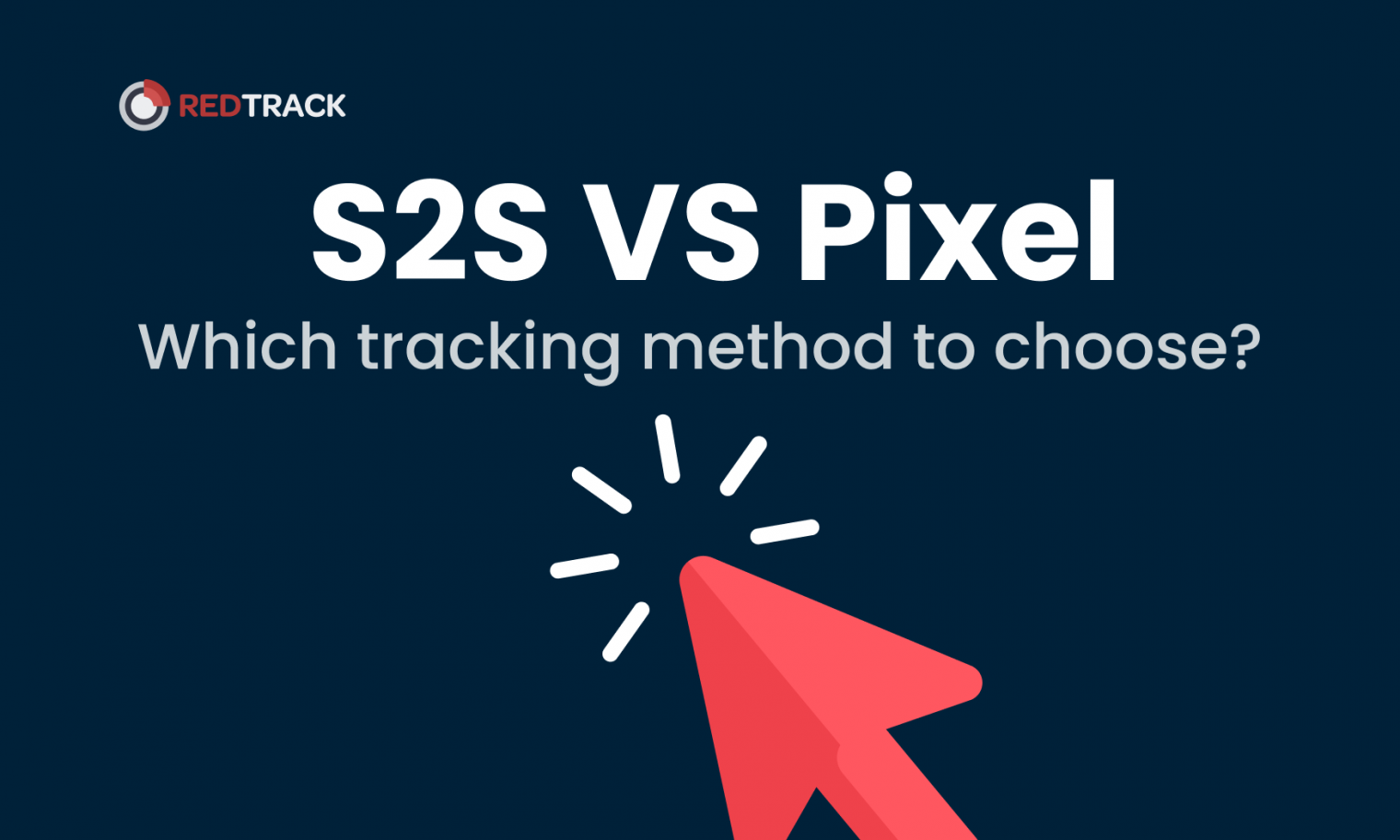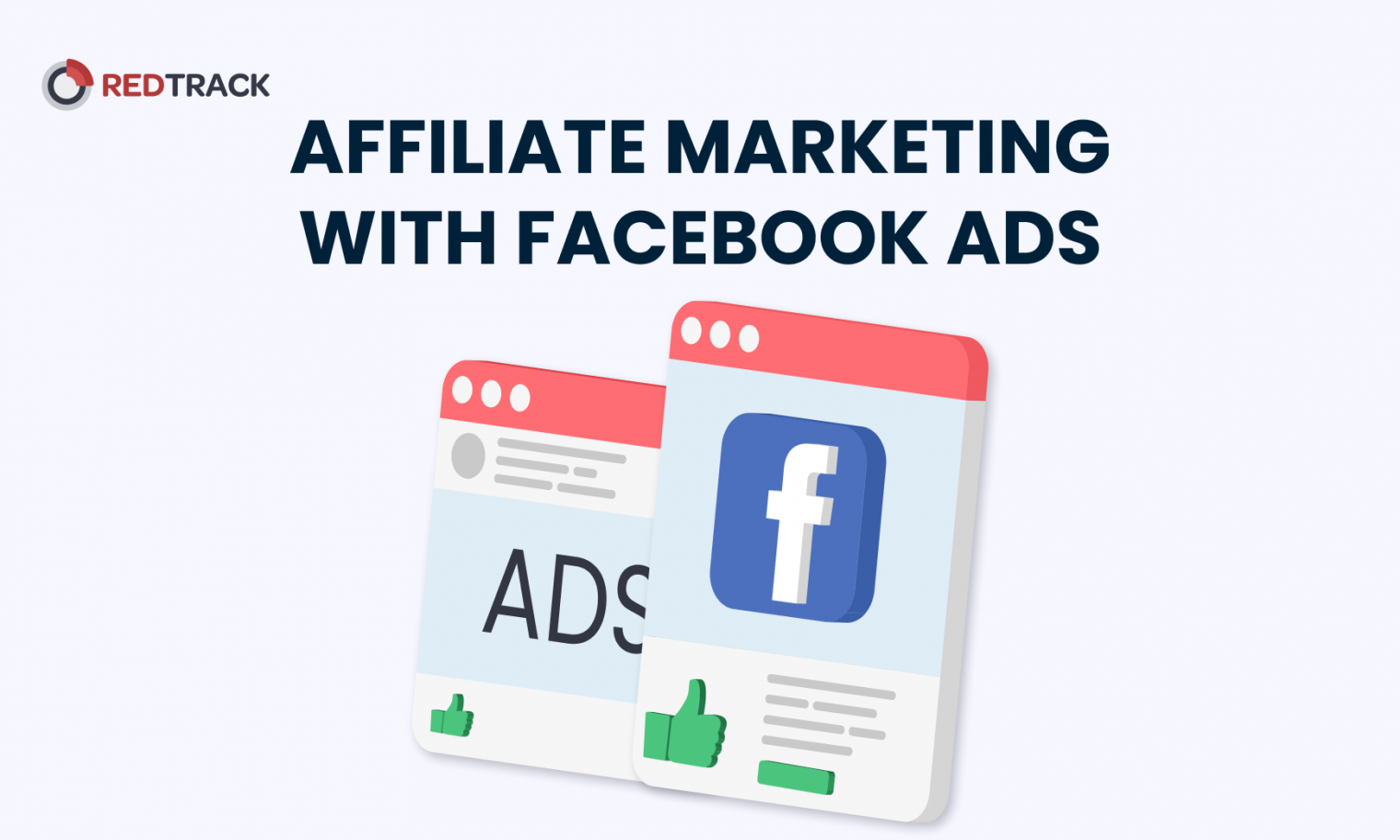
Check our 2-minute video to explore 5 reasons users choose RedTrack as their ad tracking & attribution partner.
Online Behavioral Advertising (OBA) refers to the practice of collecting information about a user’s online activities, spanning various websites and over time, to then use this data for delivering targeted advertising based on their interests and behavior. This method is also known as "interest-based advertising."
OBA works by tracking users' online activities, typically through cookies and similar technologies. When a user visits a website, a cookie is placed on their browser, logging their actions. This information is then used to build a profile that reflects the user's preferences, interests, and online behavior. Advertisers use these profiles to deliver relevant ads to the user on various platforms.
Data Collection: Involves gathering data on user activities, like pages visited, items clicked, and search queries. This data is usually collected through cookies, web beacons, and pixel tags.
User Profiling: The collected data is analyzed to create detailed user profiles, categorizing users into segments based on their interests, demographics, and behavior.
Ad Targeting: Based on these profiles, specific ads are served to users. For instance, a user frequently browsing sports websites might see more ads related to sports gear.
Ad Networks: These are intermediaries between advertisers and websites. They play a crucial role in OBA by pooling ad space from publishers and selling it to advertisers, using the user profiles for targeted advertising.
Relevance and Personalization: OBA aims to increase the relevance of ads for users, thereby potentially enhancing user experience and ad effectiveness.
OBA boosts ad effectiveness. Advertisers spend smarter, targeting interested users. Websites earn more by showing relevant ads. Users see ads that match their interests, potentially improving their online experience.
Privacy is a big issue. OBA tracks users across sites, often without clear consent. Storing personal data raises security risks. Too many targeted ads can annoy users. Also, these user profiles aren't always spot-on, leading to misplaced ads.
Websites now must tell users about cookies and get their okay. Laws like the EU’s GDPR and the USA’s CCPA watch over personal data use. Users should easily opt out of tracking. Advertisers and publishers are advised to handle data carefully, valuing user privacy.
Privacy concerns are pushing for more private web browsing, affecting OBA. The industry is looking for new ways to target ads without personal data. Expect more privacy laws. Also, technologies like AI are being used to make OBA smarter and more efficient.
Online Behavioral Advertising is a powerful tool in the digital advertising arsenal, offering benefits like increased relevance and efficiency. However, it also poses challenges, especially concerning privacy and data security. As the digital landscape evolves, OBA will continue to adapt, balancing effective advertising with responsible data usage and respect for user privacy.

Check our 2-minute video to explore 5 reasons users choose RedTrack as their ad tracking & attribution partner.

Join our Facebook group to participate in the discussions, share your insights with like-minded people, and ask for support if needed.

Find out how Financer.com optimized the conversion rates of both organic and paid traffic by 60% with RedTrack.